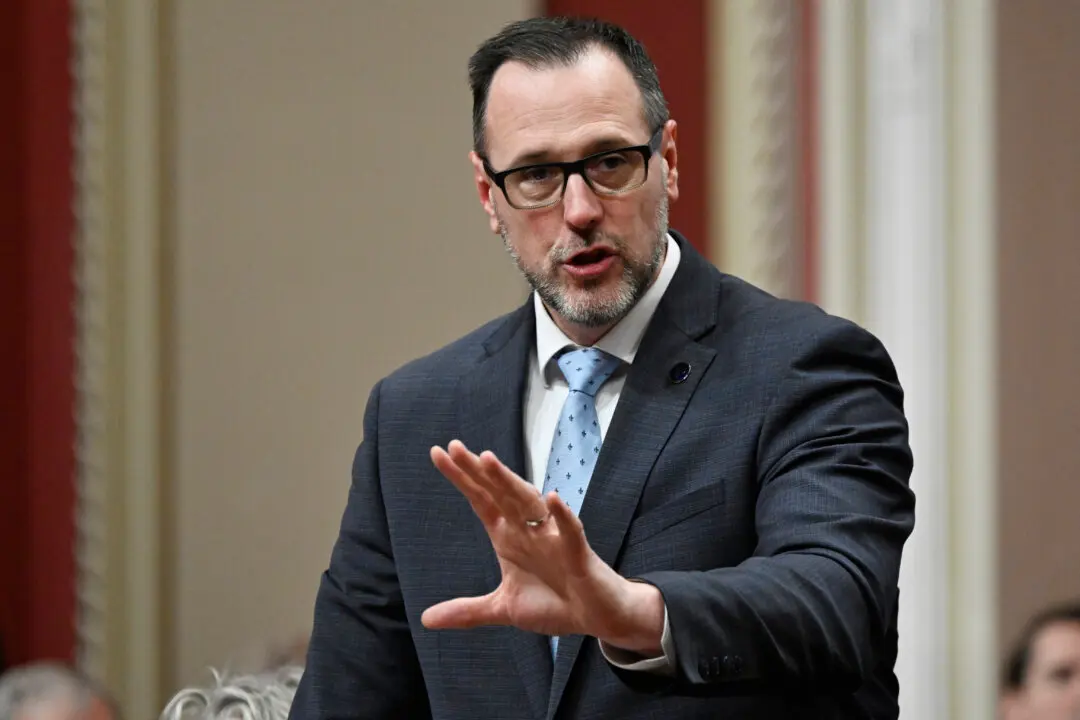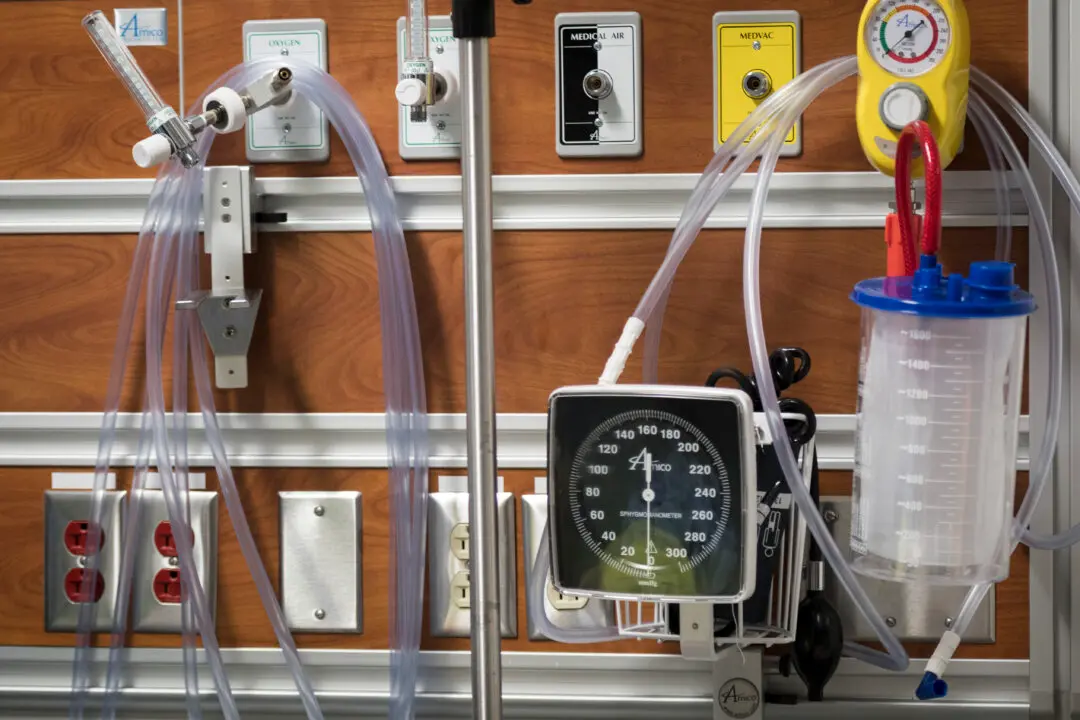Nearly 15,500 patients in Canada died over the span of one year while waiting for surgery or diagnostic scans, according to a new report based on partial government data.
The policy brief titled “Died on a Waiting List,” by the think tank SecondStreet.org, says 15,474 patients died waiting for health services in Canada between April 1, 2023, and March 31, 2024. The organization collected data from provincial health-care bodies across the country through freedom-of-information requests.





